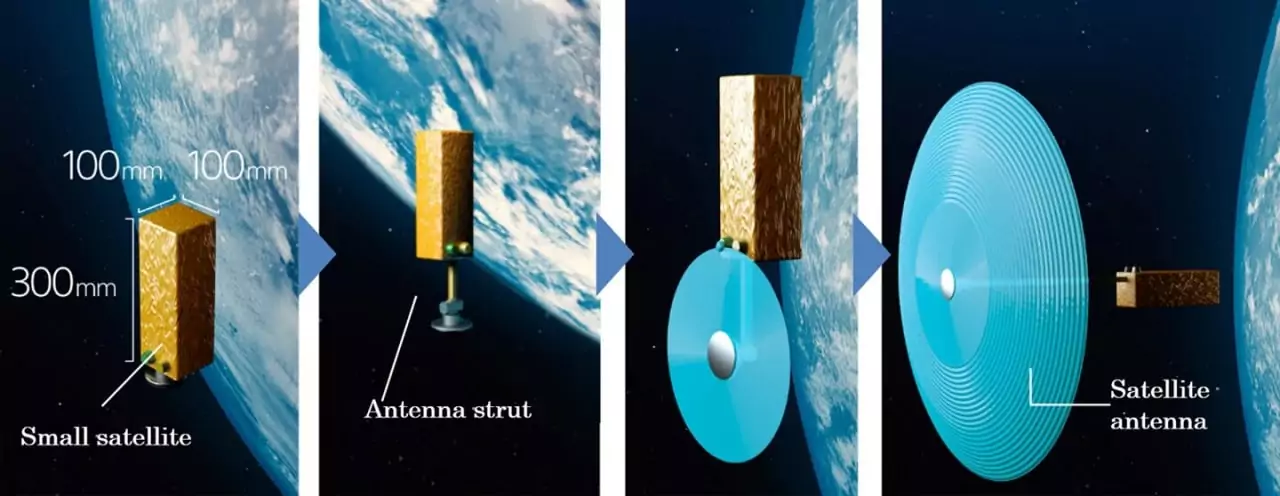Antennas for spacecraft communication systems are one of the few things in the industry for which «size matters». After all, it is the size of the antenna that primarily determines its gain, radiation pattern and other parameters that ultimately affect the very possibility of communication or observation. The bigger the antenna, the better it is. But we cannot indefinitely increase the antennas — strict restrictions on their size are imposed by the diameter and length of the head fairing of the launch vehicle.
A number of technical techniques, such as unfolded antennas that are placed into orbit in folded form, allow you to partially circumvent this limitation, but impose new ones. Everyone remembers how impatiently we waited not so long ago for the opening of the mirror of the James Webb telescope, the slightest malfunction in one of the hundreds of joints of which could jeopardize the success of the entire mission. In addition, the overloads experienced by the spacecraft at the launch stage force engineers to make antennas an order of magnitude more durable and, as a result, heavier than is required for their subsequent operation, which, in turn, «steals» an invaluable mass reserve of the output device.
However, engineers of the Japanese company Mitsubishi Electric Corporation made a breakthrough discovery without exaggeration. They have developed a special resin that allows using 3D printing to produce antenna reflectors directly in orbit. The photopolymerizing resin developed by Mitsubishi hardens under the influence of ultraviolet radiation from the Sun and, thus, does not require additional energy costs for its curing. Finished parts can withstand temperatures up to 400 ° C, which fully meets the requirements.
At the moment, the material and the technology of its use are in the process of testing. But the first tests carried out in a vacuum chamber turned out to be encouraging: a 16-centimeter antenna made using a new technology was not inferior in its parameters to antennas made by traditional methods.
According to Mitsubishi specialists, their technology is not limited to the manufacture of antennas and can be used for the production of any large-sized parts in orbit, the removal of which in finished form is difficult or impossible.
